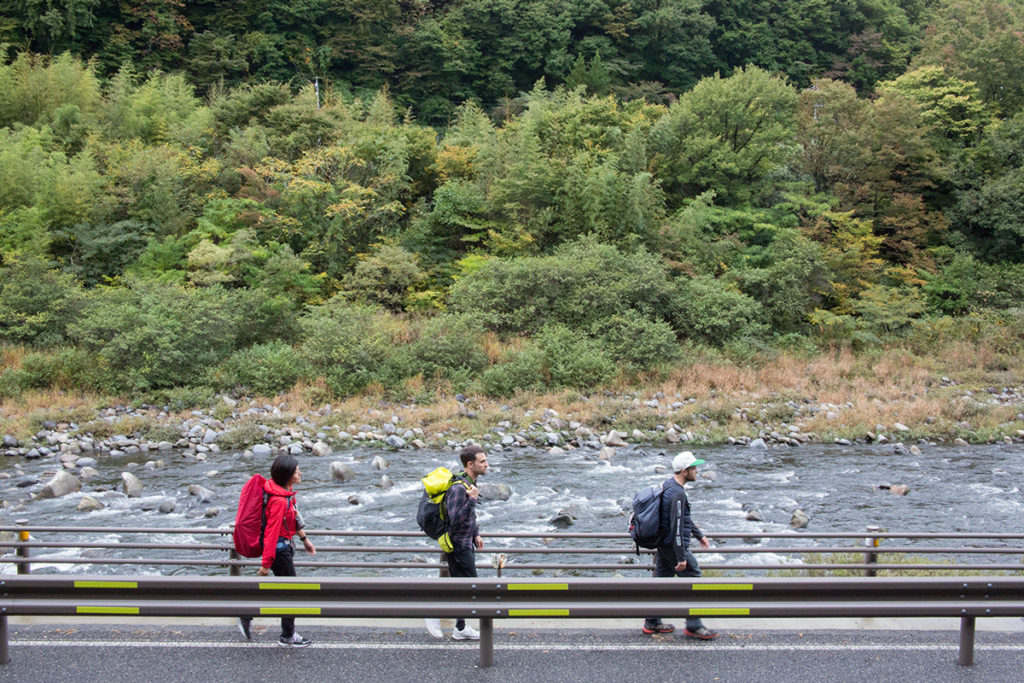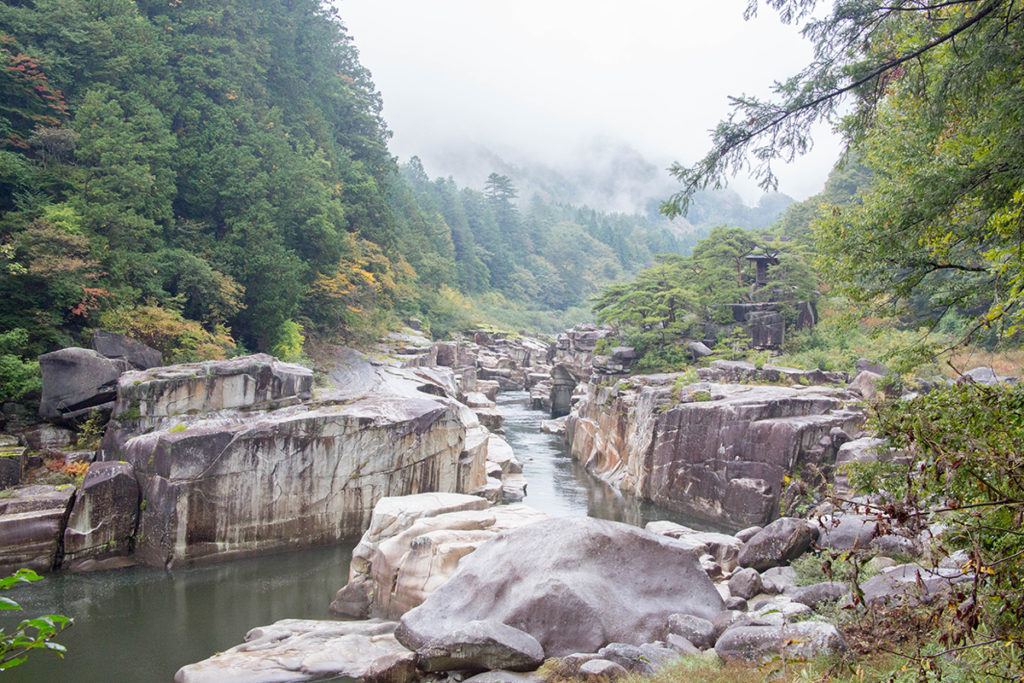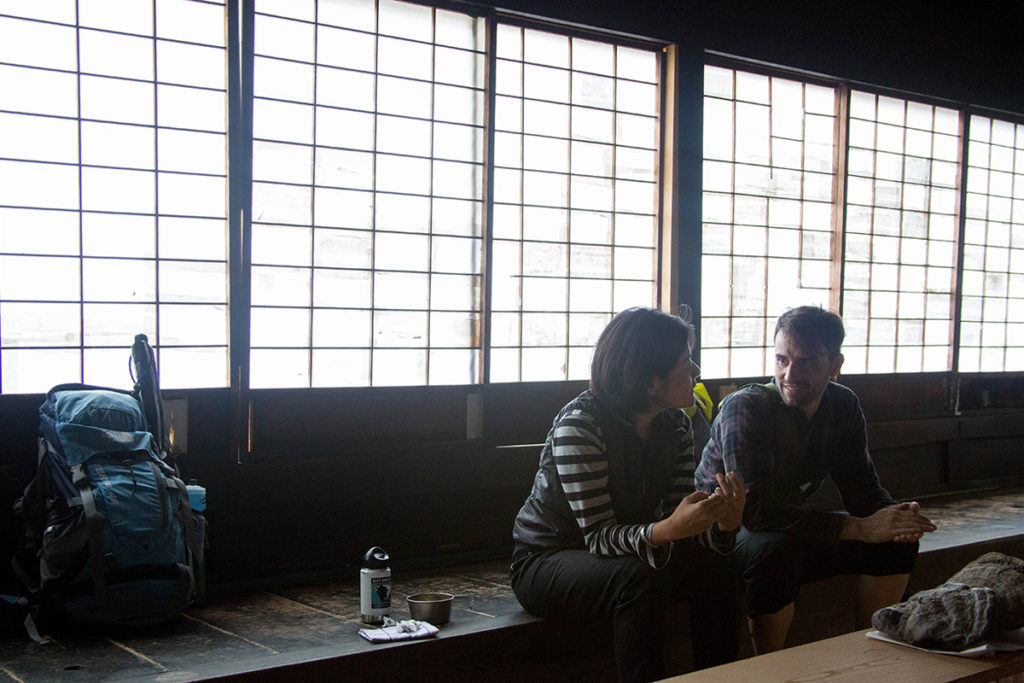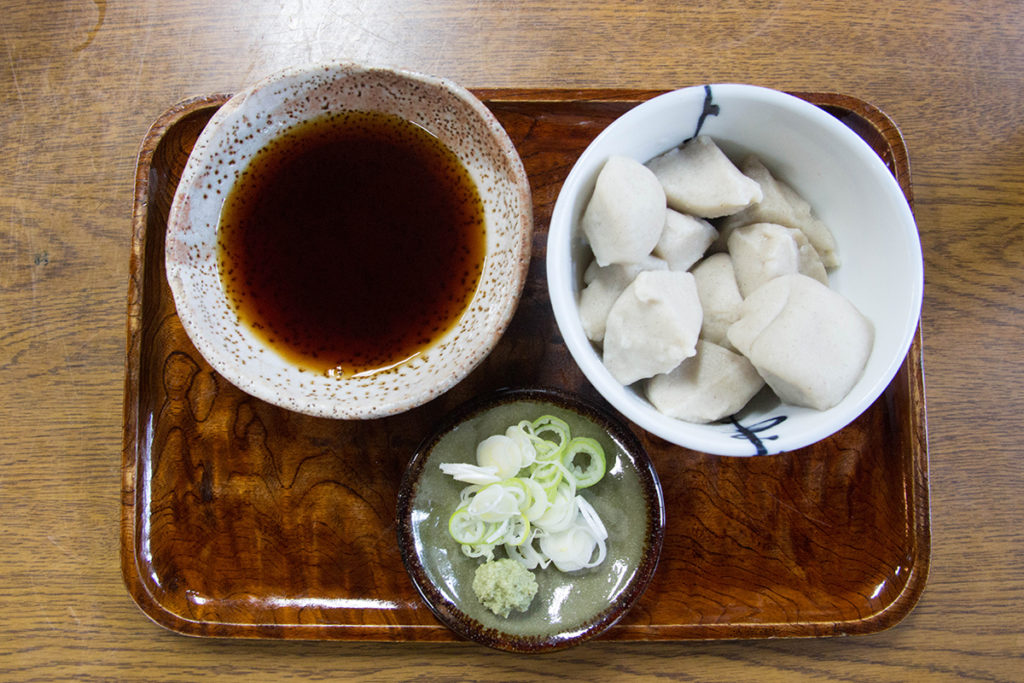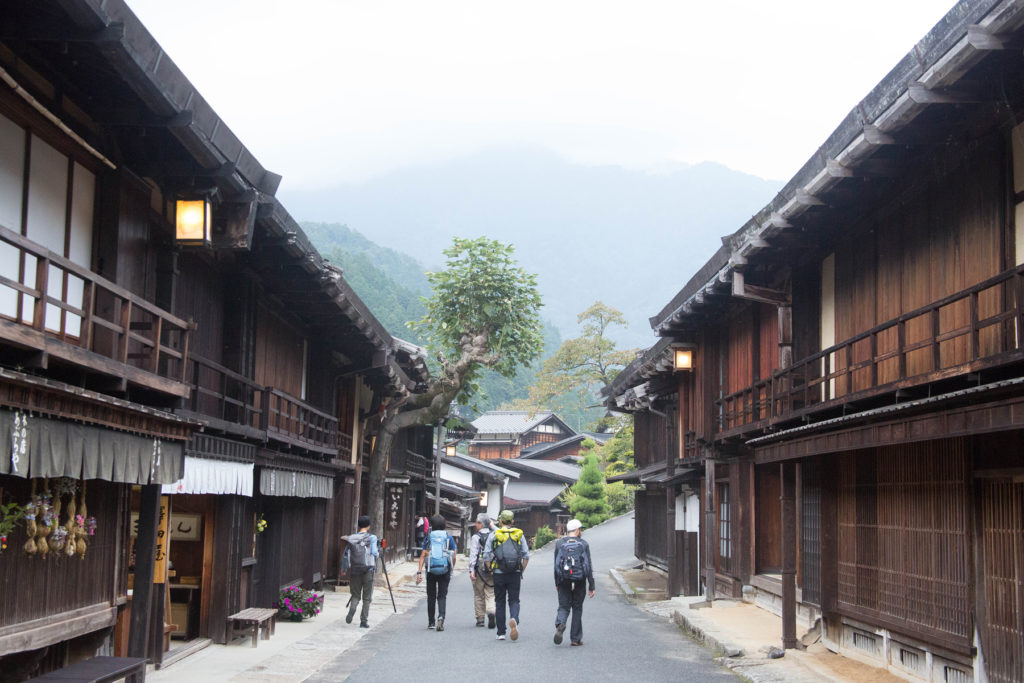Footing it along Kisoji à la Yaji & Kita
We had arrived in the Kiso area of southwestern Nagano Prefecture. The sacred Mt. Ontake lies to the west. The Kiso Mountains, or more commonly known as the Central Alps, stand to the east. They are dissected by a deep valley carved out by the Kiso River and the Kisoji section of Nakasendo. Nakasendo was established as one of the Five Routes of Edo in the early Edo period, between 1603 and 1868, when Japan was ruled by the Tokugawa shogunate. A major highway connecting the new capital of Edo (present-day Tokyo) with the seat of the imperial court in Kyoto, the route stretched for some 540 kilometers from Nihombashi through northern Musashi, Kozuke, Shinano, and Mino provinces, and joined Tokaido at Kusatsu in Omi Province before reaching Kyoto. The section running through the Kiso area of Shinano Province, from Shinchaya between Ochiai-juku and Magome-juku in present-day Nakatsugawa City, Gifu Prefecture, to Sakurazawa between Motoyama-juku and Niekawa-juku in Shiojiri City, Nagano Prefecture, was called Kisoji. Following the steep passes and deep valleys by the Kiso River, Kisoji was difficult to travel and attracted only a fourth of the traffic of Tokaido. All the same, the 11 stations of Kisoji enjoyed brisk business.
Kisoji is a famous setting of the comic novel Zoku Hizakurige by Jippensha Ikku (1765–1831), the sequel to Tokaidochu Hizakurige, set in Tokaido, which caused a boom in travel during the Edo period. The main characters, Yajirobe (“Yaji”) and Kitahachi (“Kita”), traveled east from Otsu. We at PAPERSKY planned to emulate them on our journey of Kisoji in autumn. Hizakurige, by the way, is translated as Shank’s Mare and means substituting one’s hiza (knees) for a kurige (chestnut horse), that is, traveling on foot, as we did on this trip.
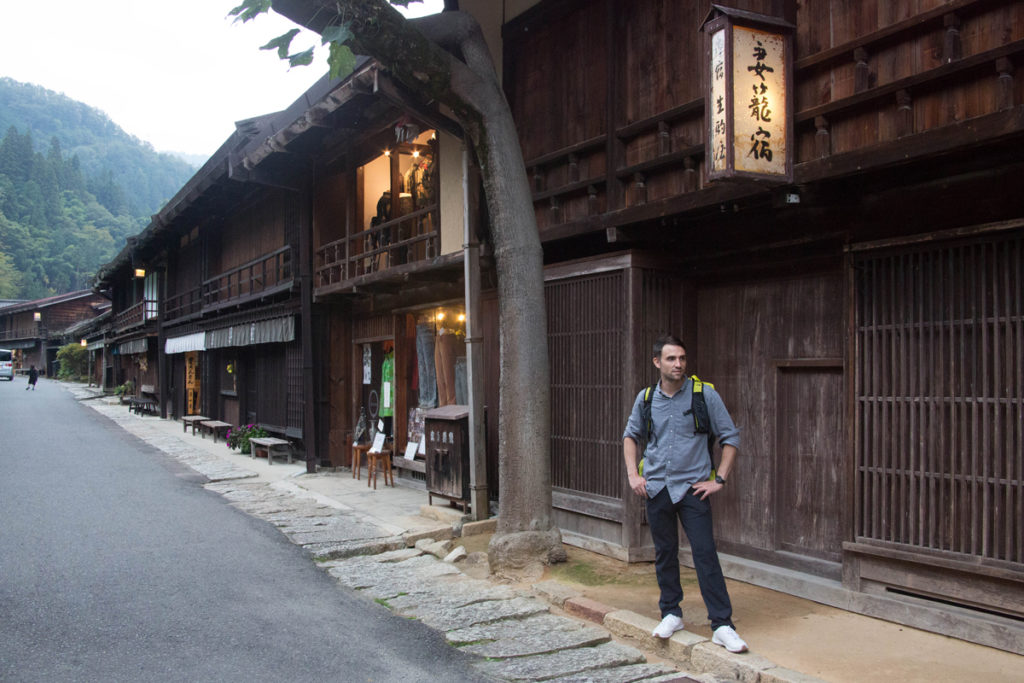
Our guest was Michael Keferl. He joined us with the hope of quenching his long-standing curiosity about Kisoji.
We set off at Ochiai-juku, the 27th post town from Sanjo Ohashi Bridge in Kyoto and the western starting point of Nakasendo. From there, we headed to Shinchaya and the stone monument inscribed “From here north Kisoji” by the author Shimazaki Toson (1872–1943). Beyond this monument is Kisoji. The next stop, Magome-juku, retains the air of a post station with its rows of traditional houses lining the stone-paved slopes. Magome is also known as Toson’s birthplace. He describes life in the area in his novel Before the Dawn, which opens with the famous line “The Kiso Road lies entirely in the mountains.” Past Magome-juku is a gentle slope leading to the Magome Pass, and beyond that, the trail runs through a broad-leaved forest.
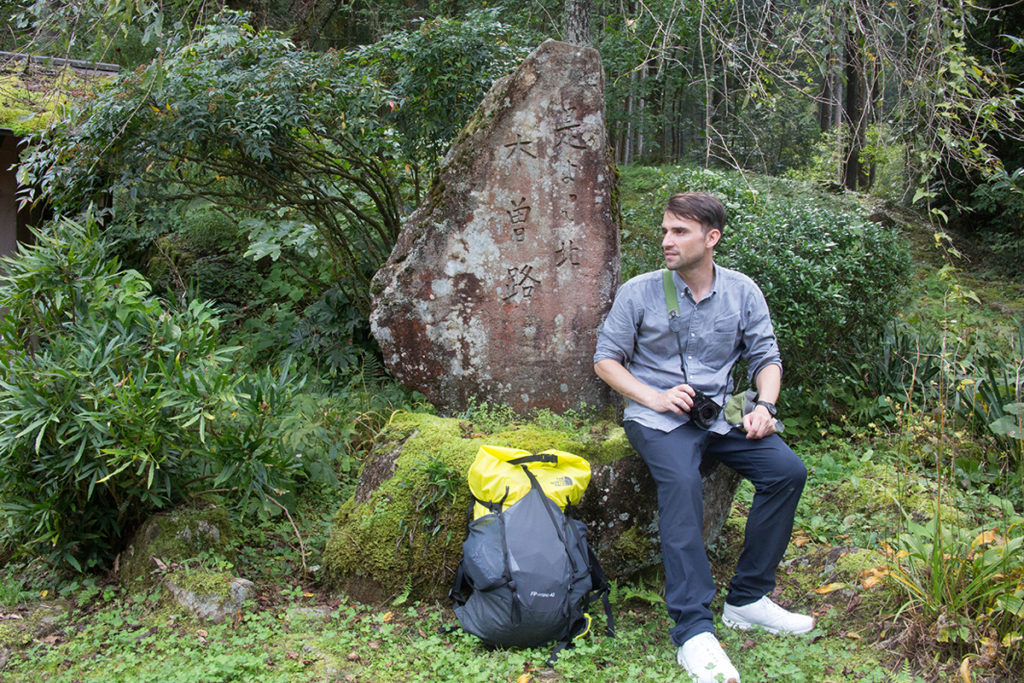
As in our previous trips, Kisoji had some wonderful encounters in store for us. Long-distance travelers in the Edo period took breaks at tateba chaya teahouses set up between stations. At that in Tsumago, we met a master singer of Kiso-bushi named Shogo Suzuki.
“Kiso-bushi is a folk song about the empathy, lifestyle, and landscape of Kiso, themed around the kawa-nagashi practice of transporting lumber down the river,” says Mr. Suzuki.
The refrain “Nanjara hoi!” is popular with foreigners too, he says, and this is why he came to entertain tourists with his singing. The teahouse offering Kiso-bushi songs by Mr. Suzuki is such a special local attraction that it has been featured in documentary programs including several outside Japan.
The next station, Tsumago-juku, flourished as a hub of transport since medieval Japan, for it provided a way from Kisoji to Iida. Thanks to a move led by residents to keep up the old townscape, it won the first designation nationwide as a Preservation District for Groups of Traditional Buildings. The road laid out in a Masugata style, bent at right angles to thwart invasion, the rows of houses built in dashibari zukuri style with a protruding second floor and senbon-goshi latticework, and the premodern nightlights and an old waterway—all of this is retained as is, inviting us to travel back in time to the Edo period and inspiring Michael to take picture after picture.
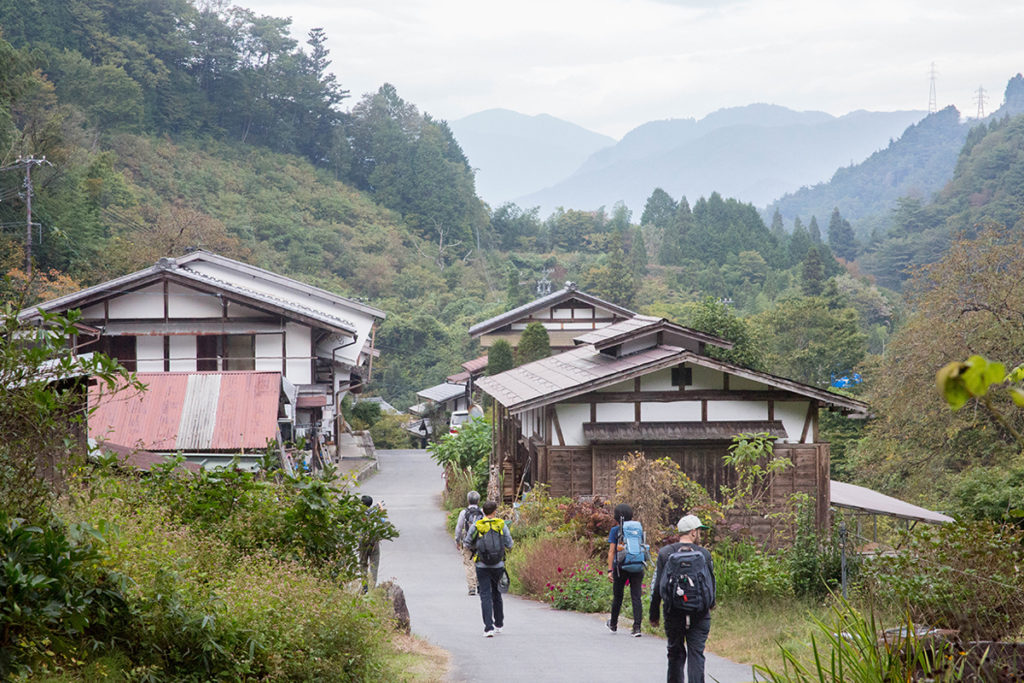
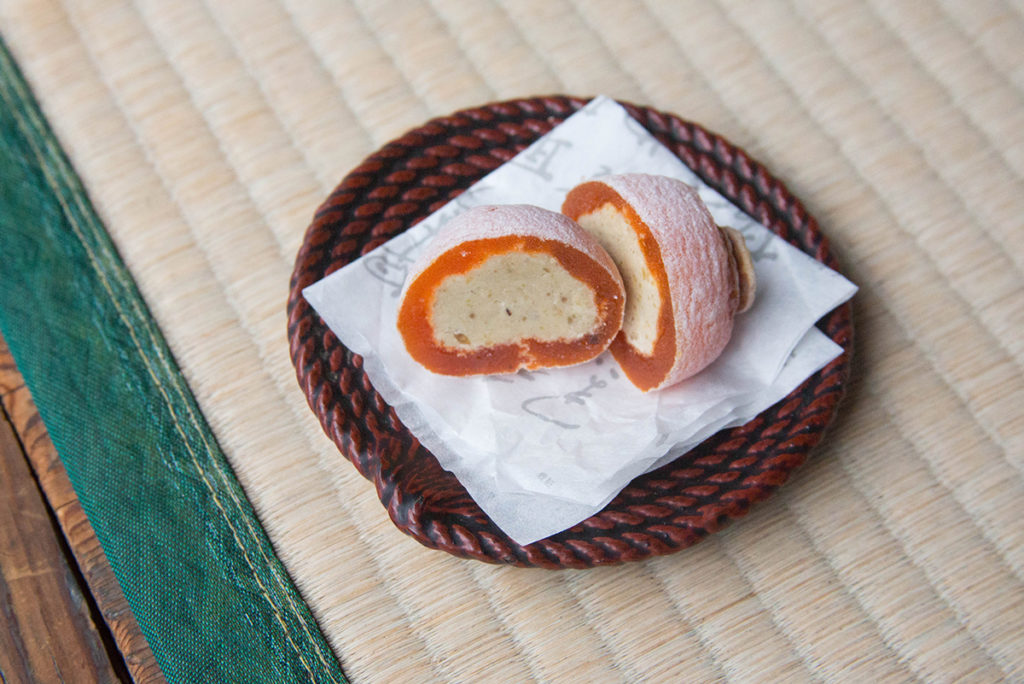
In Tsumago-juku we visited Waki-honjin Okuya. Waki-honjin were a post town’s secondary lodging for feudal lords, and that in Tsumago-juku was constructed in luxurious hinoki cypress. Hinoki, asunaro, Japanese umbrella pine, nezuko, and sawara were the five sacred trees of Kiso for which logging was strictly prohibited throughout the Owari domain during the Edo period. Enter the Meiji period (1868–1912), the han domain system was abolished and the ban lifted. The Okuya building was reconstructed around this time. A kataribestoryteller described the traditional Tsumago lifestyle and told us an anecdote about Shimazaki Toson.
“Okuya was run by the Hayashi family, a sake brewer and merchant, and the family married into by Oyu-san, the model of Shimazaki Toson’s poem ‘Hatsukoi’ (First Love). A poem hand-written by Toson is displayed in the inn.”
The poem in question was “Uteya tsuzumi,” (Rhythmical Hand Drum), celebrating the sound of spring in Kiso. We read it and pictured Tsumago at the time, particularly the people living hand in hand with nature.
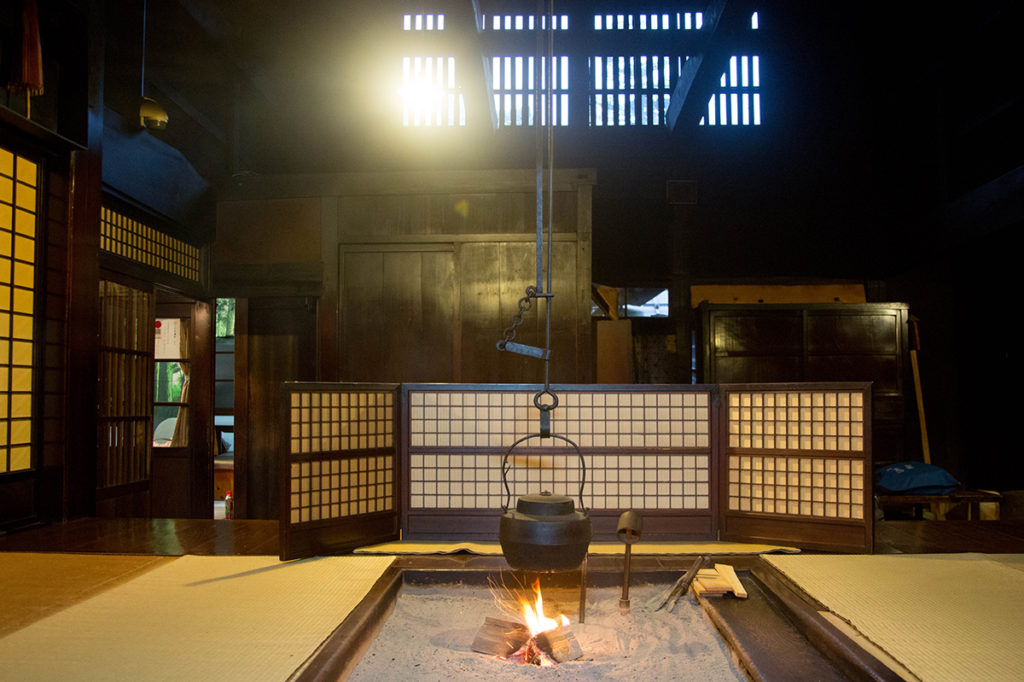
The next day, we walked from Tsumago-juku past Midono-juku and Nojiri-juku to Suhara-juku, following not Nakasendo but Yogawa-michi between Midono-juku and Nojiri-juku. Flooding of the Kiso River often made Nakasendo impassable. Yogawa-michi was cleared over the mountain pass as an alternative route. The delightful trail in the hillside village offered the bonus of an occasional broad-leaved forest.
Our destination on Day 2 was Suhara-juku, a post town known for its pristine spring water. Fronting many buildings was a water barrel carved from the trunk of the sawara cypress, one of the five sacred trees of Kiso. In the days before a water system was in place, the barrel provided water for drinking, cooking, and doing the washing. Today, it is used for cooling vegetables and fruits. Suhara-juku offered the discovery of such nostalgic scenes.
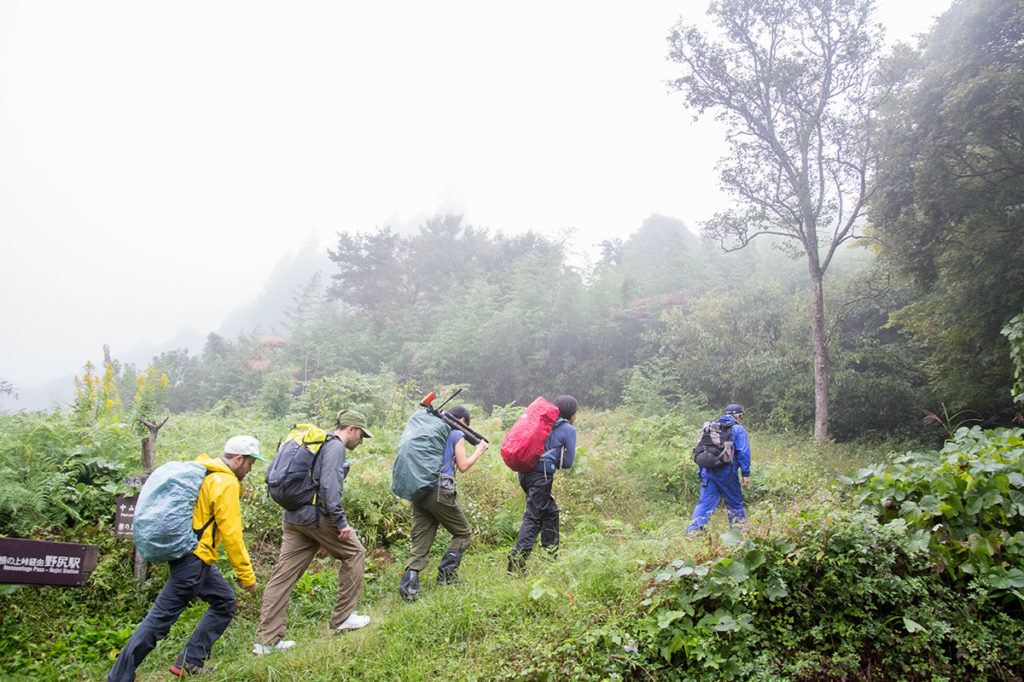
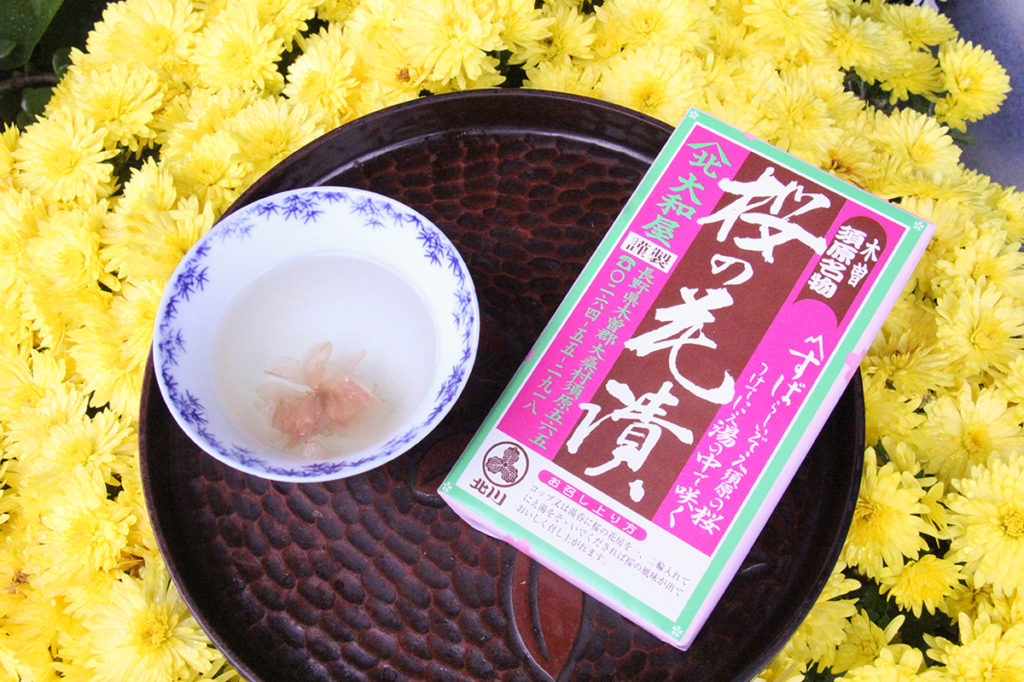
Another highlight was the ancient Joshoji Temple. Originally established along the Kiso River in the late 14th century by Minamoto-no-Chikatoyo, from the 11th generation of the Kiso clan, the temple was destroyed by floods several times before being reconstructed in its present location in 1598. The main hall retaining its original hip-and-gable roof, the priest’s quarters built in the mid 17th century, and the main gate with hinoki bark thatching are designated an Important Cultural Property of Japan. Records suggest Joshoji invented soba in the form of thin noodles. As we listened to the chief priest explain this, our stomachs started to rumble.
We spent this night at the inn Minshuku Suhara in Suhara-juku. The 150-year-old traditional Japanese house was designed with a stylish lattice grid and contained an old weaving loom from the days the area thrived on raw silk production. Unlike the touristy Magome-juku and Tsumago-juku, the tasteful Suhara-juku provided a modest and fresh showcase of the bygone lifestyle and seemed to have inspired a sense of nostalgia for Michael.
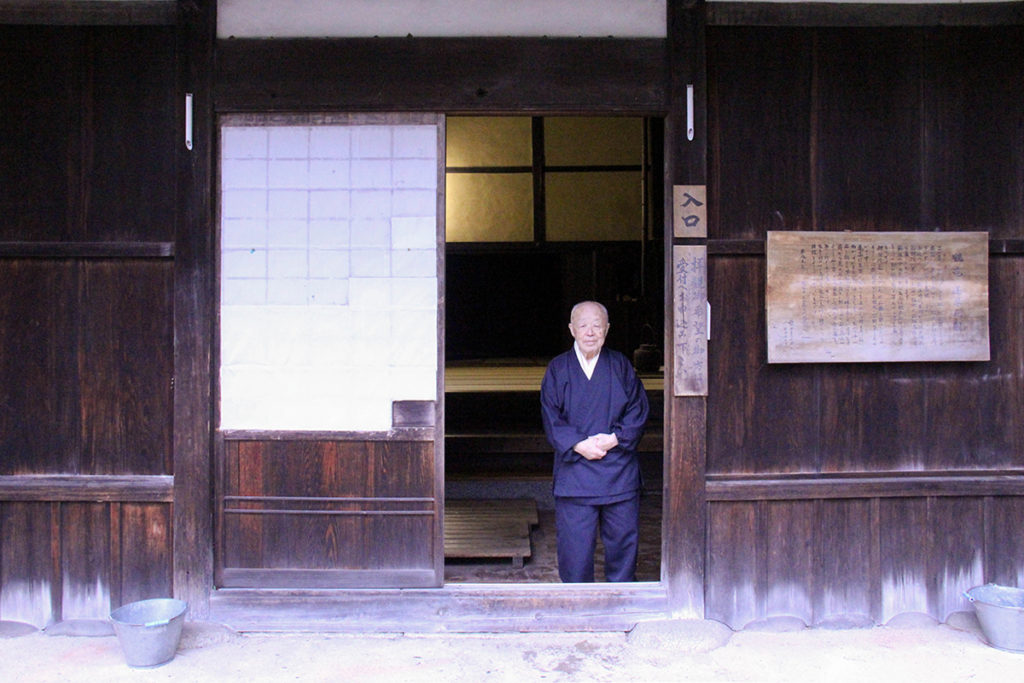

The walk from Suhara-juku to Fukushima-juku on the last day of our trip was filled with highlights such as Nezame-no-toko, the formations of granite rock linked to the legend of Urashima Taro; Taseya, the formertateba chaya teahouse and honjin lodging for feudal lords; Echizenya, an established soba restaurant frequented by literati; and Kiso-no-kakehashi, the ruins of a bridge-like path built with logs and planks and attached to the cliff along the Kiso River.
Our goal, Fukushima-juku, is known for the gakeya zukuri row of houses built along the cliff of the Kiso River, and for Fukushima Sekisho, feared as one of four great checkpoints of the Edo five routes. We strolled leisurely up a slope to the Uenodan district home to storehouses with Namako walls with a white grid pattern on black slate, and the ruins of a kosatsuba public bulletin board.
“Footing it along the old highway like travelers in the Edo period came with the reward of surprise encounters and discoveries, and offered a glimpse of the local way of life,” said Michael. Experiencing the lifestyle and culture of one’s travel destination for a fleeting moment—we relished the pleasure of Hizakurige, aka Shank’s Mare.
